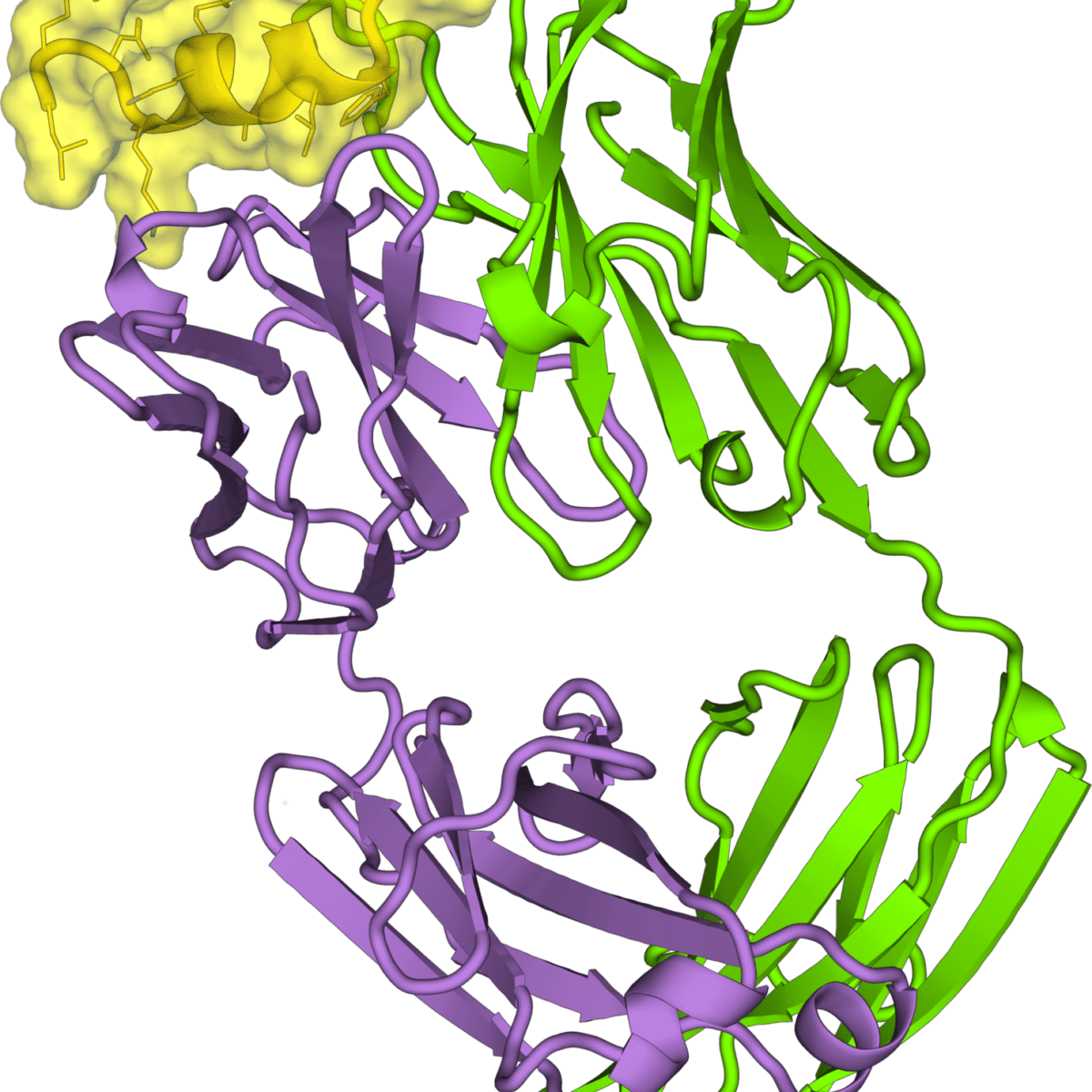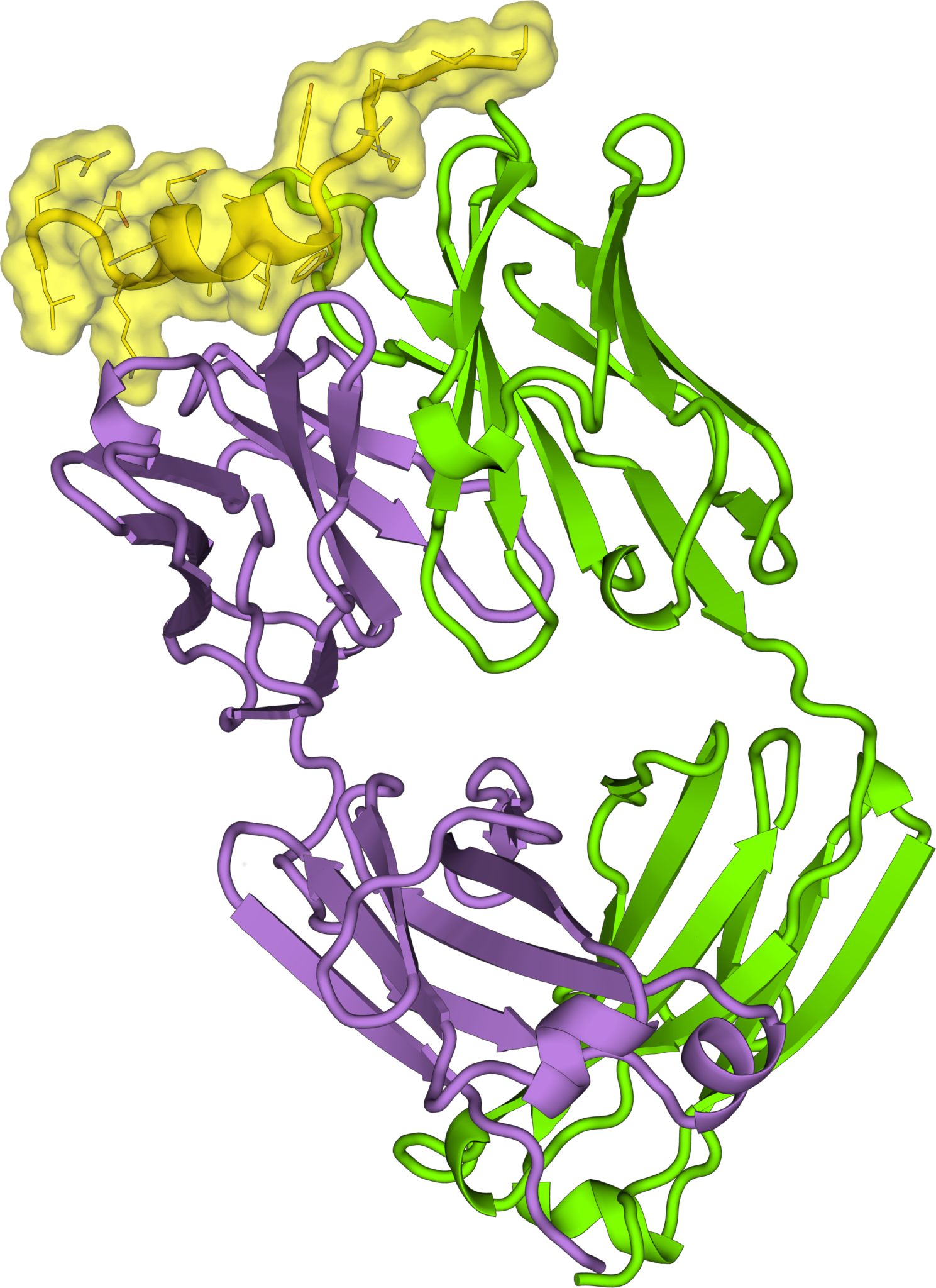
Research identifies new antibodies with potent activity against virus and infected cells
The Human Immunodeficiency Virus type-1 (HIV-1) currently infects 37 million people worldwide, with an additional 2 million new infections each year. Following infection, the virus has a long period of latency, during which it multiplies without causing symptoms. HIV attacks the cells of the immune system, especially the cells called CD4+ T-lymphocytes, which are responsible for triggering the body’s response chain against infections. Thus, by suppressing the action of the immune system, the virus destroys the body’s ability to defend itself against other diseases, leading to the so-called Acquired Immunodeficiency Syndrome, or AIDS.
Even with the development of antiretroviral therapies that have improved quality of life and increased the life expectancy of patients with HIV/AIDS, it is widely accepted that the only way to effectively curb this devastating epidemic is through the development of an HIV-1 vaccine.
To date, the only test that has shown any efficacy against HIV-1 was the RV144 vaccine trial, which showed a modest 31% reduction in the risk of infection. This result correlated positively with the development of antibodies that bind to the so-called V2 loop, a region of the proteins that are part of the virus’s envelope. This V2 loop interacts with human proteins that form part of the cytoplasmic membrane of some cells, and are used by the virus to gain access to lymphatic tissues, particularly those in the gut. Therefore, the V2 loop is an important target for the action of antibodies that prevent this interaction and neutralize the infection.
Isolated antibodies from people vaccinated with RV144 exhibited a potent ability to block this interaction between HIV and cells. In addition, the antibodies also mediated antibody-dependent cellular cytotoxicity (ADCC), a mechanism by which cells infected with HIV are destroyed by killer cells using the antibody as an adaptor.
Several questions remain, however, unanswered. Does the same type of antibody develop in HIV-1 infected individuals? What factors limit their action on other viruses? What possible mechanisms, besides neutralization, could explain its antiviral activities?

Structure of the CAP228-16H protein with the region of the V2 loop highlighted in yellow.
In this context, researchers from the South African National Institute for Communicable Diseases identified RV144-like antibodies in blood donated by two people infected with HIV, from which three antibodies that could react with the V2 loop were isolated.
Next, to promote scientific collaboration among BRICS nations, van Eeden, Wibmer et al. [1] used the MX2 macromolecular crystallography beamline from the Brazilian Synchrotron Light Laboratory (LNLS) to determine the structure of an antibody, called CAP228-16H, bound to the V2 loop. The structure obtained in LNLS revealed striking similarities between antibodies originating from both infected and vaccinated individuals, although they are formed from distinct genes.
The novel antibodies were extensively characterized in three publications [1,2,3] and have shown potent neutralizing activity and antibody-dependent cellular cytotoxicity, as well as the unique ability to block important interactions with proteins in the cytoplasmic membrane. Overall, the data obtained by the group provide new information on the diversity of immune systems antibody response that appropriately reacts to HIV-1 V2 immunogens, and on the potential mechanisms through which non-neutralizing antibodies can help prevent HIV-1 infection.
Sources:
[1] van Eeden C.*, Wibmer C.K.*, Scheepers C., Richardson S.I., Nonyane M., Lambson B., Mkhize N.N., Vijayakumar B., Sheng Z., Stanfield-Oakley S., Bhiman J.N., Bekker V., Hermanus T., Mabvakure B., Ismail A., Moody M.A., Wiehe K., Garrett N., Abdool Karim S.S., Dirr H., Fernandes M.A., Sayed Y., Shapiro L., Ferrari G., Haynes B.F., Moore P.L., Morris L. 2018. V2-Directed Vaccine-like Antibodies from HIV-1 Infection Identify an Additional K169-Binding Light Chain Motif with Broad ADCC Activity. Cell reports 25, 3123-3135 e3126. DOI: 10.1016/j.celrep.2018.11.058
[2] Wibmer C.K., Richardson S.I., Yolitz J., Cicala C., Arthos J., Moore P.L., Morris L. 2018. A common helical V1V2 conformation of the HIV-1 Envelope exposes the α4β7 binding site on intact virions. Nature Communications 9:4489.
[3] Lertjuthaporn S., Cicala C., Van Ryk D., Liu M., Yolitz J., Wei D., Nawaz F., Doyle A., Park C., Lu S., Lou Y., Wang S., Pan R., Jiang X., Villinger F., Byrareddy S.N., Santangelo P.J., Morris L., Wibmer C.K., Biris K., Mason R.D., Gorman J., Hiatt J., Martinelli E., Roederer M., Fujikawa D., Gorini G., Franchini G., Ansari A.A., Pattanapanyasat K., Kong X-P., Fauci A.S., Arthos J. 2018. Select gp120 V2 domain specific antibodies derived from HIV and SIV infection and vaccination inhibit gp120 binding to α4β7. PLoS Pathogens 14:e1007278.
Research obtains 3D images of catalysts under reaction by Bragg coherent X-ray diffraction
Research develops hydrogel from silk protein with potential application in photodynamic therapy